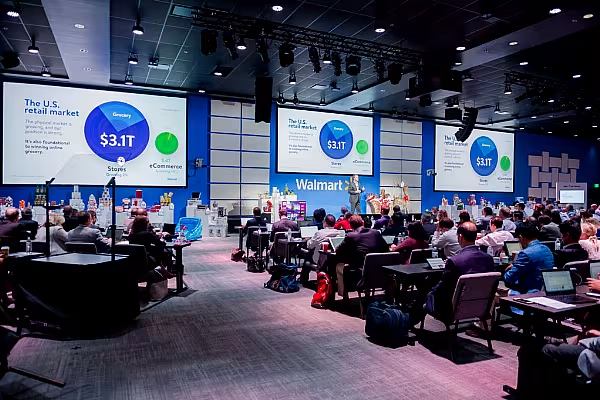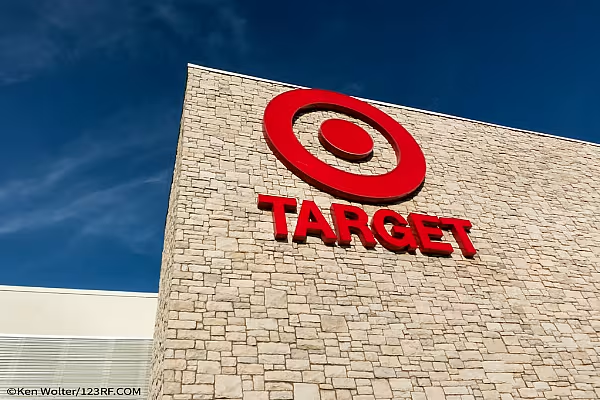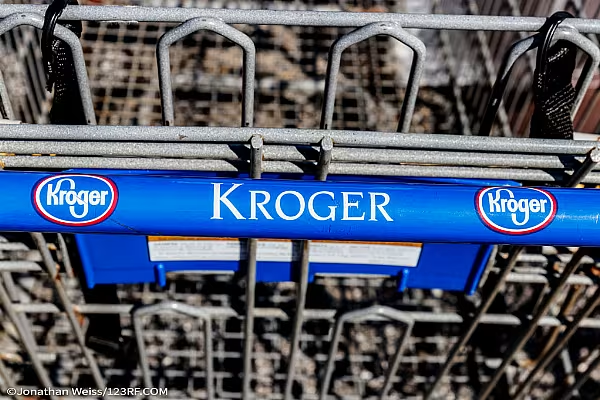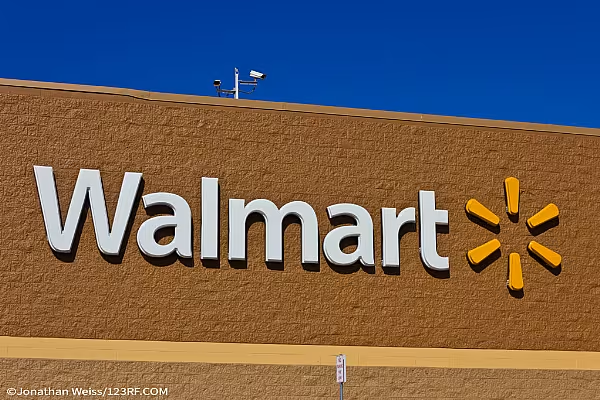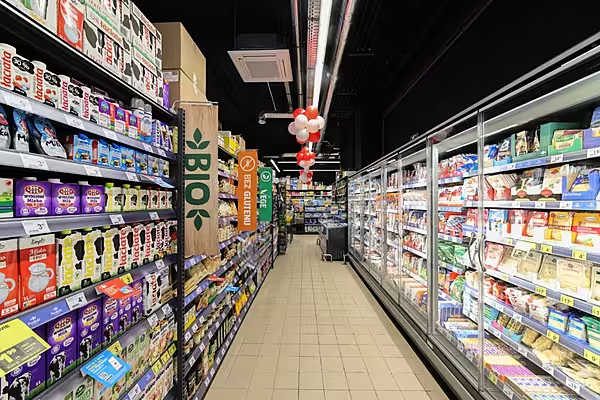Walmart, Inc.'s chief executive officer has urged investors to rethink the company's business, touting its various tech investments to grow online sales at a time when it is battling Amazon.com for market share.
The retailer also lowered its earnings forecast for the year and said that its e-commerce growth next year would be slower than in the current fiscal year, ending in January.
Challenge Your Thinking
"I want to challenge your thinking about Walmart," chief executive Doug McMillon told the Bentonville, Arkansas, company's annual investor meeting, which was webcast. "We are getting to reimagine retail and our business ... expect us to test a lot and fail a lot."
McMillon highlighted the company's patents in last-mile delivery, biometrics and augmented reality, as well as investments in machine learning, in areas like merchandising, blockchain, to improve food safety, and traceability. He also cited pickup towers in stores, to boost online sales, and various e-commerce delivery options.
Grocery sales make up 56% of Walmart's revenue, and McMillon emphasised Walmart's advantage in the food category – an area that rival Amazon is trying to crack. He said that Walmart can offer fresh food within ten miles of 90% of the US population.
Walmart is doubling down on online grocery delivery and pickup options. By the end of the year, 800 US stores will offer grocery delivery and more than 2,000 will offer a pickup service.
E-Commerce Growth
Walmart's earnings next year will be eroded by its $16 billion acquisition of Indian e-commerce firm Flipkart in May – its largest-ever deal – to compete with Amazon in an important growth market.
At the time, the company had indicated that the deal would lead to a per-share earnings hit of 25 to 30 cents this fiscal year, and 60 cents next fiscal year.
The lower forecasts for earnings and online sales come after Walmart posted its best quarterly US sales growth in a decade in August, helped by lower unemployment and tax cuts that boosted consumers' spending power.
Walmart now expects to earn between $4.65 and $4.80 per share for fiscal 2019, down from an earlier forecast of $4.90 to $5.05 per share.
Walmart also estimates a 35% growth rate for its online business in the year ending in January 2020, against expectations for 40% growth in the current year. Walmart said that the 35% growth will be off a bigger base. The retailer also expects its e-commerce business to post a slightly greater operating loss next year, said chief financial officer Brett Biggs.
Boosting Online
The company has made several efforts in the past year to boost online traffic. These include a website redesign, more online grocery offerings, and acquisition of fashion brands, to improve its appeal to millennial shoppers, who typically have avoided purchasing on the retailer's websites.
Walmart has been on an acquisition spree in the US online fashion space, buying online lingerie retailer Bare Necessities last week, after purchasing plus-sized clothing start-up Eloquii a week earlier.
Over the years, Walmart has worked to use physical locations as distribution points for online orders of groceries and other goods, in order to retain buyers who increasingly expect quick, cheap shipping.
With a steady rise in online shopping, Walmart's e-commerce sales growth has been outstripping bricks-and-mortar sales, leading the company to slash new-store openings. The retailer plans to open fewer than ten US stores in the next fiscal year.
Looking Ahead
For fiscal 2020, Walmart expects comparable sales growth of 2.5% to 3%. That follows expected growth of about 3% this year, which would be the fastest pace since 2008.
Overall sales growth during fiscal 2020 is likely to be 3% or more, but could be negatively impacted by the sale of operations in Brazil and a planned reduction in tobacco sales at Walmart-owned warehouse chain Sam's Club.
Walmart also expects earnings to decline by a low single-digit percentage range, compared with fiscal 2019, due to the Flipkart deal. Excluding the impact, it is expected to rise by a low- to mid-single digit percentage range.
News by Reuters, edited by ESM. Click subscribe to sign up to ESM: European Supermarket Magazine.
